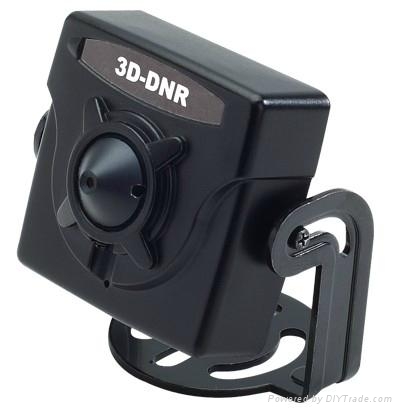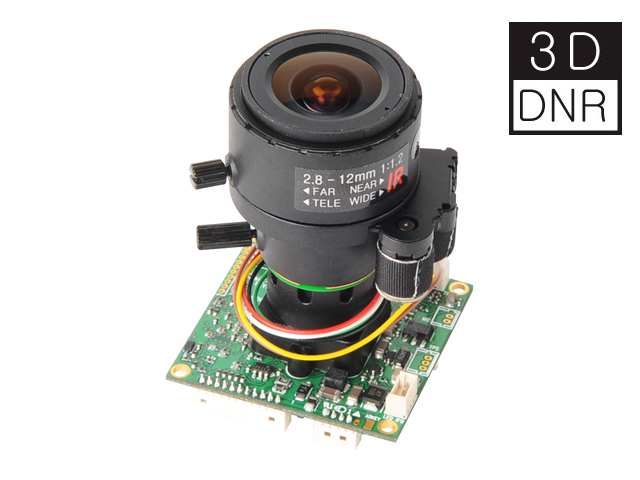
Expert in Camera Module Solution

Expert in Camera Module Solution

The chip inside your camera is constantly picking up noise from interference and byproducts produced by other circuits and electronic components within it. These noise artifacts can translate into images and video as fine static, snow or fuzzy images.
Digital Noise Reduction (DNR) is a method by which the camera’s imager digitally removes noise from the image. 3D DNR is an advancement of this technology which enables noise to be filtered even more effectively from the image, even in low light conditions.
Types of Noise
There are two types of noise that affect your security cameras — Salt and Pepper noise and Gaussian noise.
Salt and Pepper noise is produced when a CCD imager overheats or can be produced by dust particles inside the camera. The artifacts randomly occur and bear no color relation with the surrounding pixels. Consequently, this noise appears as dark and white spots in recorded video.
Gaussian noise is produced by random interference generated by the movement of electricity through the electric components in the camera. The pixels are slightly off from the original color of the objects in the scene. It is a random distribution of artifacts that makes everything in a recorded scene seem soft and blurry.
‘Traditional’ DNR
Traditional DNR technology utilizes temporal noise reduction. This technique basically compares one frame to the next and removes any tiny specs in each frame that do not match. The idea is that by blending the frames, the overall noise content in an image is reduced.
Generally, traditional DNR only removes the noise and unwanted data found in the “front” of a scene. This means that only the objects in the foreground of the scene are processed to reduce the visual noise, and anything in the background remains unprocessed.
A good example of this is viewing a parking lot at night from a business. Objects that are closer to the camera, such as vehicles or people approaching the camera are “processed” to remove unwanted noise and snow. Any object in the background is unprocessed for digital noise and appears snowy.

What’s Different About 3D DNR
3D DNR takes traditional DNR technology a step further. Not only does 3D DNR handle the traditional frame-to-frame noise reduction, but it also incorporates spatial noise reduction.
Spatial noise reduction compares a pixel with its neighboring pixels to detect and remove unwanted noise found within the frame. It processes the entire image to remove digital artifacts and grainy appearance while better maintaining image clarity and sharpness.
So in our example, the entire scene is processed so that every part of the image is clear and noise-free.
Benefits of 3D DNR
3D DNR builds upon the benefits provided by standard DNR.
First, 3D DNR delivers an even cleaner signal than DNR, resulting in greater disk space savings – so you can store much more video evidence on your hard drive.
Next, cameras equipped with 3D DNR technology deliver sharper, more accurate images, making it easier to identify suspects.
Finally, 3D DNR technology makes it easier for your camera to distinguish between true motion and image noise – allowing for your DVR to be more efficient in motion detection – especially in low light conditions.

The original article is from: https://www.supercircuits.com/resources/blog/improving-noise-reduction-technology-with-3d-dnr